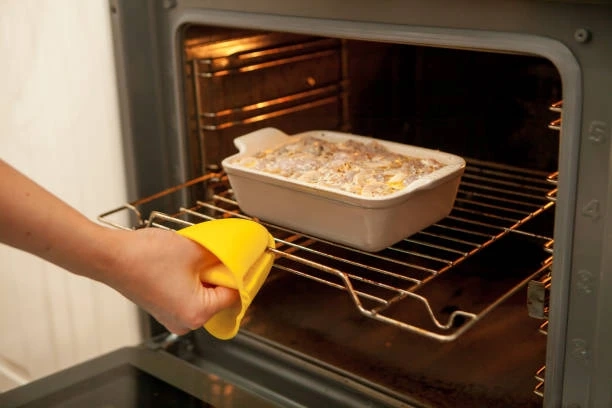For barbecue masters, having the right smoker is critical to producing perfect slow-smoked meat. Vertical smokers are already popular options for their space efficiency, smoke exposure, and temperature control capabilities. Now, insulated vertical smokers are taking it to the next level.
Insulation transforms an average vertical smoker into a BBQ beast ready to churn out competition-quality ‘cue in any weather, any time of year. Let’s explore why insulation has become a must-have upgrade for serious pitmasters.
What is an Insulated Vertical Smoker?
An insulated vertical smoker has walls made from or lined with high-grade insulation materials. Common choices are ceramic blankets, perlite concrete, and high-temp silicone fiberglass mats.
This insulation creates a thermal barrier that retains heat and moisture exceptionally well compared to non-insulated smokers. It helps maintain steady target temperatures and prevents precious smoke and moisture from escaping.
Insulated vertical smokers still benefit from all the advantages of the vertical design - convection flow, compact footprint, multiple grate heights, etc. The insulation takes it to the next level.
Benefits of Insulated Vertical Smokers
Here’s what makes insulation a game-changing upgrade:
Temperature Precision
Insulation allows much finer temperature control compared to metal-only smokers. Once at temperature, an insulated vertical smoker stays there with minimal effort.
All Weather Performance
You can use an insulated smoker year-round, even in extra cold or windy conditions. The insulation combats external variables.
Faster Smoking Times
Thanks to increased heat retention, insulated verticals reach target temps quicker. Less babysitting means more time for drinking beer!
Moisture Locked In
Insulation prevents moisture loss, ensuring your meat stays tender and juicy instead of drying out.
Fuel Efficiency
The increased thermal efficiency means using less fuel. You’ll go through less wood or charcoal per smoking session.
Features to Look For
When researching insulated vertical smokers, keep these features in mind:
High quality insulation materialsAt least 2-3 inches insulation thicknessTight door sealsDual ceramic insulation layersMarine grade stainless steel exteriorPowder coated exterior finishesGenerous cooking capacityStrategically placed ventsTypes of Insulated Vertical Smokers
There are a few main types of insulated smokers to know:
Fully Insulated Cabinet Smoker
The traditional vertical cabinet shape but with insulated walls and ceilings. These provide the most insulation coverage.
Partially Insulated Drum/Barrel Smoker
Using an insulated charcoal box and cooking chamber but uninsulated exteriors keeps costs down while still providing some insulation benefits.
DIY Insulated
Some people build their own insulated verticals using things like old fridges or filing cabinets. This requires expertise but allows full customization.
Get Your Insulation Game Strong
For pitmasters who demand ultimate temperature control and smoking performance from their equipment, an insulated vertical smoker is the peak of smoking technology. Dial in the perfect brisket or ribs every time regardless of outside conditions with an insulated vertical smoker activated and ready to achieve backyard barbecue greatness.
Conclusion
With their increased heat and moisture retention, temperature precision, weather resistance, faster smoking times, and fuel efficiency, it’s easy to see why insulation is a must for serious vertical barbecue smoker enthusiasts. Insulated vertical smokers allow pitmasters to smoke delicious ‘cue year-round just like the pros.


